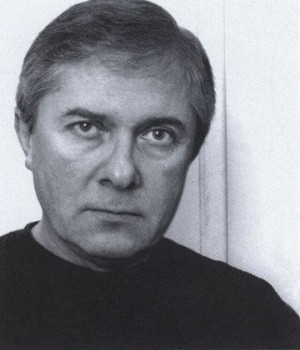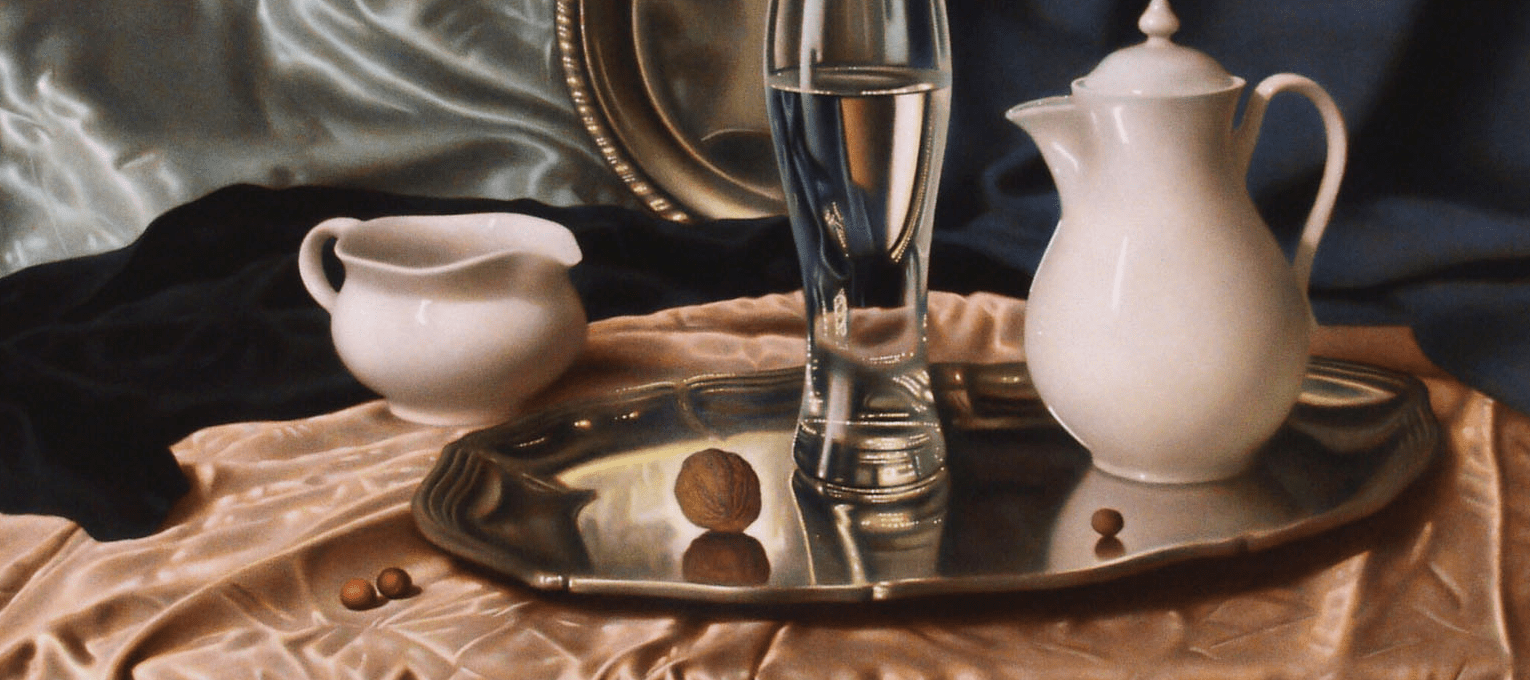
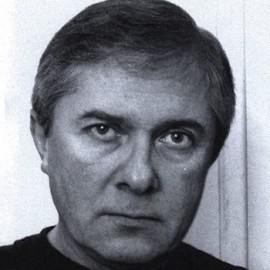
HRYHORIEV VITALII
1957An artist, painter.
- Biography
- Portfolio of works
- Photo archive
- Bibliography
Biography
. Member of the National Union of Artists of Ukraine.
He was born on 29 September 1957 in Chisinau, Moldova. His father Kostiantyn studied at the icon painting and portrait studios of Orenburg, and later – at the Odesa Art School. He was a member of the Union of Artists of the USSR as a painter and graphic artist. As well he worked at the Chisinau Art Fund. At home, in his drawer, there were always pencils and pastels, so little Vitalii willingly painted on scraps of posters. His father did not persuade him or insist on drawing lessons but quietly watched his son’s first attempts. One of the brightest memories of childhood is connected with watercolour paints, which dad gave to 5-year-old Vitalii as a gift. Outside the window, it was a frosty, snowy winter, and in front of the boy – a box with new paints, which smelled and rustled fascinatingly.
At the age of nine, Vitalii began attending children's art school, and after the eighth grade, in 1972, he entered the Republican Art College named after I. Repin in Chisinau, which he graduated with honours. Then, in 1976, three graduates, including Vitalii, were summoned to the Ministry of Education and offered to go to the three best artistic higher educational institutions. Vitalii chose Leningrad.
From 1976 to 1983, the future artist was studying at the Leningrad Academic Institute of Painting, Sculpture and Architecture named after Ilia Repin (St. Petersburg, Russia), in the studio of Academician, Professor, People's Artist of the USSR Y. Neprintsev. At that time, the curriculum of artistic educational institutions was based on the study of the creativity of Russian artists of the late 19th century – those with realistic ideas, as opposed to academicism, which in the future also influenced the formation of socialist realism.
After the fourth year, Vitalii chose the world-famous Hermitage Museum for passing the summer practice, which consisted of replicating old painters' canvases. His favourite replica was a picture of the Dutch painter of the 17th century Gerard Terborch "Village Postman." Two months in a row a student started painting at six in the morning to have time to work before the official opening of the museum for numerous visitors. It was then that, staying along with the outstanding work of the masters in a quiet museum atmosphere when the young artist realized that there were many complicated techniques of fine arts, completely different from those taught to them, and many outstanding masters whom they did not study created at that time. The Hermitage helped Vitalii to rethink art as a continuous process in the context of the world's art heritage.
The Institute gave the artist not only brilliant education but also his future wife, a painter Hanna Landovska, who came from Transcarpathia. After graduation, Vitalii spent three years studying at the Arts College and the Institute of Arts in Chisinau. Later, in 1986, with his wife and daughter, he moved to Transcarpathia. Here he devoted himself entirely to art. He worked in an atypical for a Transcarpathian fine art school style of realism, which the author himself called “Nostalgic Realism”. Watching contemporary art, the artist felt a longing for the true feelings of love for art, for object, for man whose image was created.
His painting is performed in a unique technique established during the early Renaissance. It is based on thin, semi-transparent wood layers, which makes it possible to achieve lightness and harmonious coherence of the tone of the painting. Creating such work is a laborious task because every time it is necessary to wait until the previous layer of paint dries up.
The impetus for creating an image to an artist can be anything: a silhouette, a phrase heard, a reflection of the rays of the sun on a subject. And suddenly there is the birth of a new topic for a picture that is being hatched by the artist until it matures. And during periods of reflection on the idea he drew still lifes for which he carefully selected composition and painted them for several weeks.
His paintings, performed with the virtuous accuracy of the depicting the form and essence of a subject and a man, they carry the aura of refinement, detachment and secrecy. Nevertheless, the author, as a true perfectionist, always meticulously and very responsibly treats his works.
Vitalii Hryhoriev – since 1988, a member of the Union of Artists of the USSR, and later – the National Union of Artists of Ukraine.
The artist held more than two dozen personal exhibitions in Ukraine, Germany and the USA. In 1988, he wrote six still lifes for the residency of the president of the USSR M. Horbachov, in the Crimean Foros.
Works of the artist are kept in museums of Ukraine, Russia, Moldova, as well as in private collections of the world.
Text: Liudmyla Kozlovska
© Art & Culture Foundation Brovdi Art
Portfolio of works
© HRYHORIEV VITALII
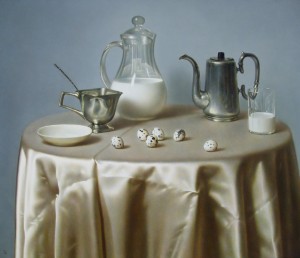
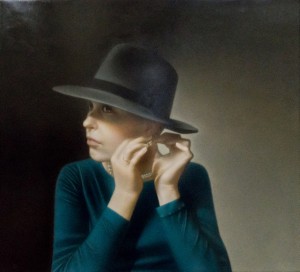
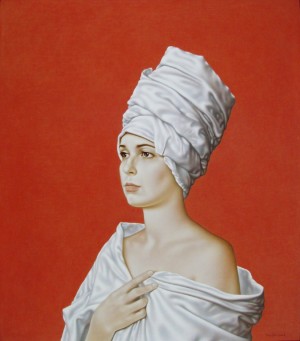
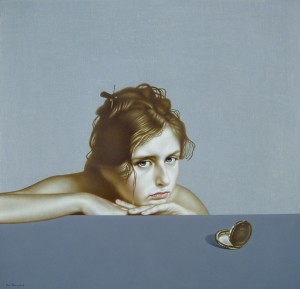
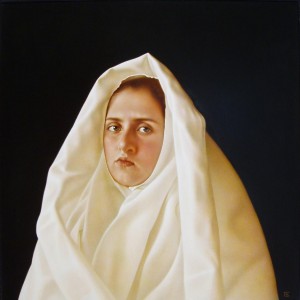
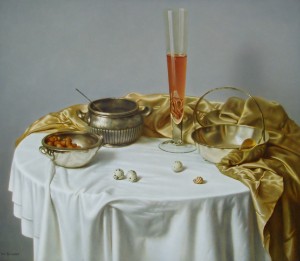
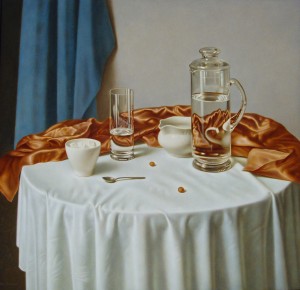
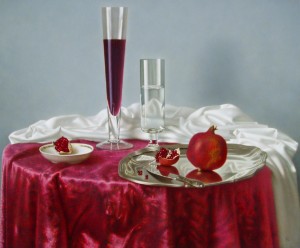
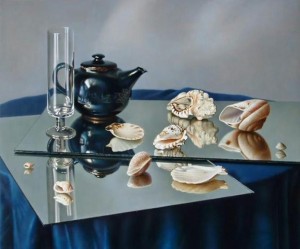
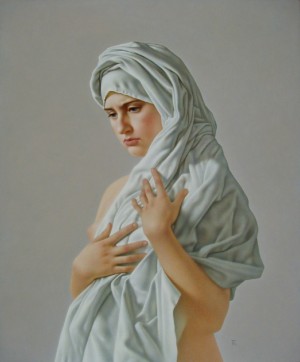
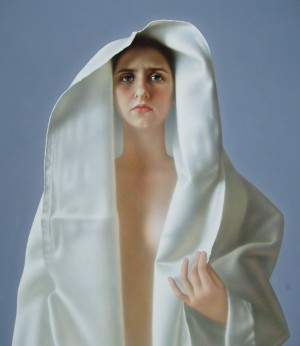
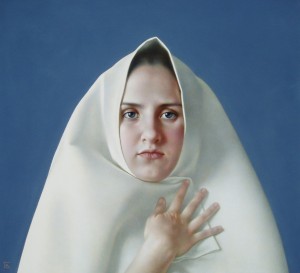
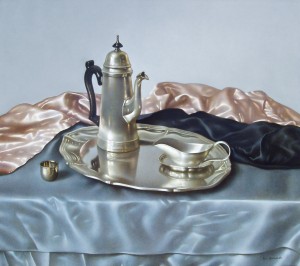
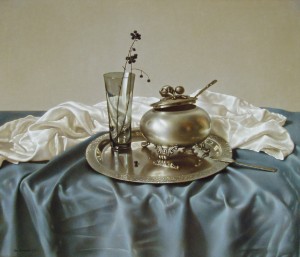
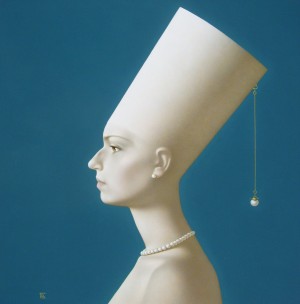
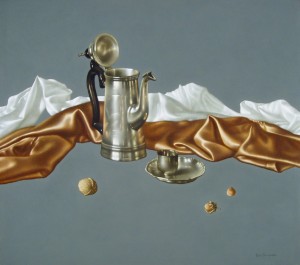
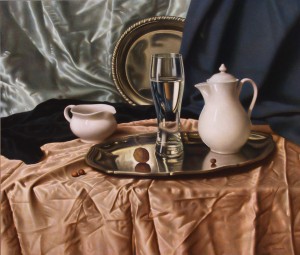
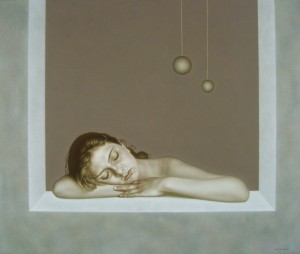
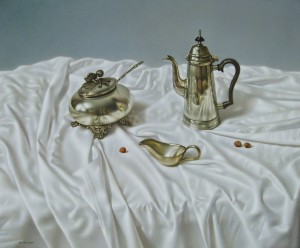
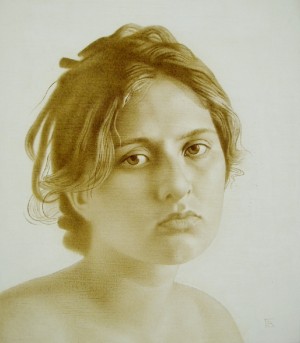
© HRYHORIEV VITALII
Matching content source: photos of the art works are taken from public sources (list)
Photo archive
Sorry, we did not find anything
Bibliography
Статті в газетах і журналах
Крайнова Л. Знакомьтесь: Виталий Григорьев // Единство. – 1991. – 22 июня. – С. 9.
(Виставка)
Зейкан Ю. Щось більше, ніж вінок із дубового листя // Закарпатська правда. – 1991. – 13 липня.
(Виставка)
Доторкнутись до вічності // Новини Закарпаття. – 1991. – 13 липня. – С. 8-9.
(Виставка)
Публікації в Інтернет-ЗМІ
У галереї «Ужгород» відкрилася виставка Віталія Григор’єва // 25 жовтн. – 2012. – http://zaholovok.com.ua/u-galereji-«uzhgorod»-vidkrilasya-vistavka-vitaliya-grigorjeva
Будкевич А. Ностальгійний художній реалізм: нові таємничі грані // karpatnews – 24 лют. – 2012. - http://karpatnews.in.ua/news/39192-nostalhiinyi-khudozhnii-realizm-novi-taiemnychi-hrani.htm
Matching content source of the published art works:
http://karpatnews.in.ua
http://zaholovok.com.ua
http://karpatart.com
http://www.mukachevo.net/ua
http://novzak.uz.ua
https://rozmova.wordpress.com
http://modern-museum.org.ua
- Biography
- Portfolio of works
- Photo archive
- Bibliography

